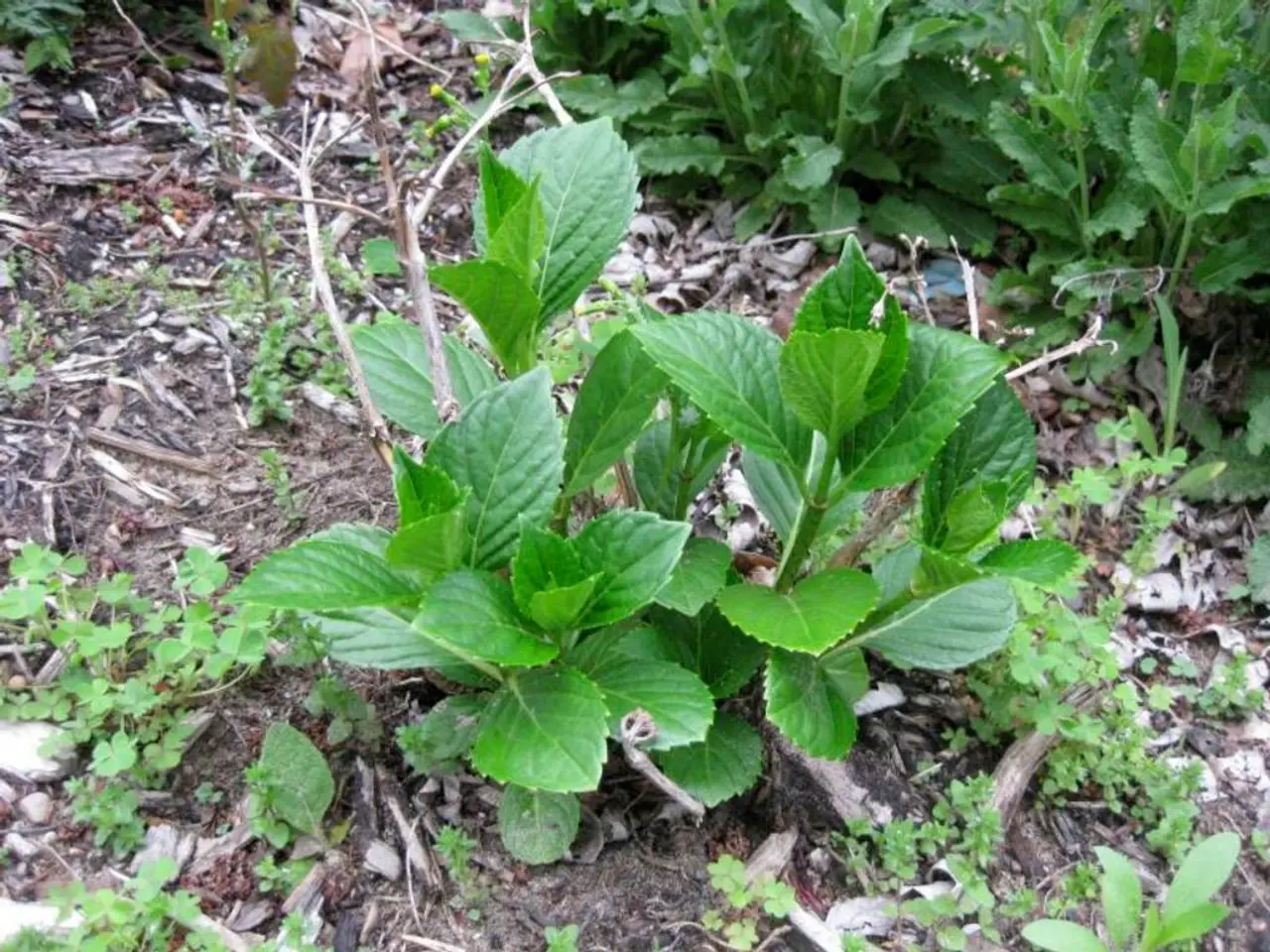Harvesting Insight: Cultivating, Gathering, and Preserving Thyme Herbs
Thyme, a short, bushy shrub native to Europe, North Africa, and Asia, is a member of the Lamiaceae family and a beloved addition to many gardens. Known for its hearty, delightful aromatics and strong healing properties, this herb is a great selection for any garden, especially those located near hives as it is beloved by bees and other pollinators.
Thyme prefers full sun and well-drained, loamy soil. It can be grown by direct seeding, vegetative cuttings, root divisions, or transplants. Thyme germinates easily, so it can be seeded early in the spring into plugs and transplanted into fields when the plants are well established. However, it's recommended to transplant it into clean, weed-free beds and use mulches to reduce weed pressure, as thyme does not outcompete weeds easily.
The antimicrobial components of thyme are thought to be beneficial to the health of various insects. Thyme is a woody perennial hardy in USDA zones 5 to 9, making it a versatile choice for gardeners across different climates.
Thyme foliage is extremely fragrant and contains a valuable phenol called thymol with antiseptic properties. It is best to keep thyme out of direct light to help maintain its vibrant color and medicinal quality. The herb is harvested as it begins to flower in late summer when the volatile oils are at their highest levels. It is easiest to harvest thyme using very sharp pruners rather than field knives. When harvesting, leave 2 to 3 inches of the plant intact to allow for regeneration and to help the plant overwinter.
In good drying conditions, thyme should dry in a couple of days, and the leaves will easily rub off from the stems. Run stalks over 1/4-inch stainless steel mesh to separate the leaves from the stems after drying. It is important to dry thyme at temperatures of 100 to 120°F (38- 49°C) to maintain its delicate aromatic compounds.
For those interested in learning more about the cultivation and use of thyme, "The Organic Medicinal Herb Farmer, Revised Edition" by Jeff and Melanie Carpenter is a recommended read. Another interesting read is "Growing Medicinal Herbs: An Agricultural Revolution."
Thyme is often planted next to other low-growing perennials such as oregano, sage, and lavender. The flowers of thyme consist of clusters of white and purplish blossoms at the end of the branches, adding a splash of colour to any garden. With its charming appearance and numerous benefits, thyme is truly a gem in the world of herbs.
Read also:
- Budget cuts at federal and state levels jeopardize advancements in fighting HIV and AIDS within Dallas County
- Strategies for Maintaining and Boosting Physical Activity as You Grow Older
- Understanding Prediabetes: A Precursory Condition to Diabetes
- Strategies for Strengthening a Nigerian Infant's Immune System




